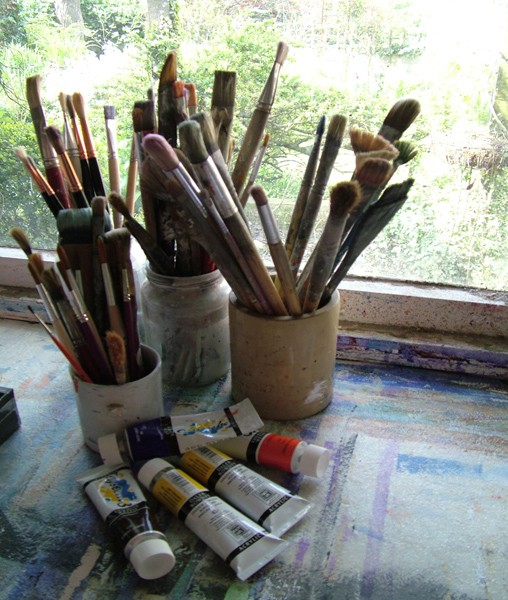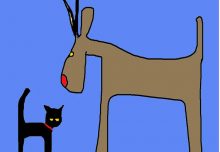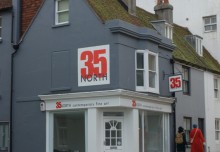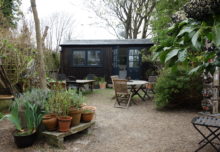HOGS, HAKES and FILBERTS are kinds of brushes that artists use.
Hogs are made using hog bristle, hakes are softer and flatter, while in filberts the bristles are the shape of hazel-nuts. Simple. So they are not actual pigs, fish and nuts.
And they do different things. Hog-hair brushes are stiff and great for scrubbing and stencil work, while hakes are floppy and great for washes and broad flat strokes, while filberts are versatile because they are bulky with a small pointed top.
I make a dreadful joke when asked how I do certain things in my paintings. I say, “It is easy, just hold the brush at the wooden end and dip it into the paint, then splosh it on the canvas or paper.” The joke doesn’t deserve much of a chuckle, and doesn’t usually get one, but it does give me time to figure out something better to say.

brushes
Okay, so this is what I have thought I would say here. I will talk more about brushes and other artist’s tools. However I realize that quite a lot of my readers are also artists and they will probably know all this already. So this blog is aimed at the wonderful ‘art lover and collector group’ of readers who might not. Artists, you can go and get on with something else. Collectors and art lovers, are you sitting comfortably?
Making original paintings involves three things.
- The ground. That is usually canvas or paper, but can be hardboard or plywood. Canvas can be linen, cotton, hessian, or other material. The ground should be prepared with a base coat. On stiff surfaces like plywood the base coat could be gesso, which is a really super ground that take ages to prepare. Gesso is basically many layers of chalky paint that are sanded down between layers to make a gorgeous flat surface. On canvas the artist can also create a super flat surface in a similar fashion or leave the texture of the canvas to show and influence the painting strokes. Or the ground can be paper. It is even possible to make your own paper. I know artists who do. Handmade paper has deckle edges because it is made sheet by sheet.
- The paint. Oil, egg tempera, fresco, pastel, water-colour, gouache, acrylic, chalk, crayon, ink, charcoal, pencil, even blood, have been used. The paint can be mixed with varnish, oil binders, water, glue, thinners, turps, depending on the effect required. Paint is made up with pigment which is the actual colour, and extender which is usually a powder that doesn’t affect the pigment colour, and a binder which is a sort of juice or glue that holds it all together.
- The tools. And actually the initial subject of this blog post. An artist can use brushes such as hogs, hakes, riggers, fans, brights, flats, filberts, sables, or even house painters brushes. Artists can apply thick paint using palette knives, filling knives, wooden spatulas, twigs, or even straight from the tube. Paint can also be sprayed, dripped, or rolled onto the surface. Rollers can be various widths and have soft or hard surfaces to get different textures. Artists also use thumbs, fingers, hands. knees and boompsadaisy. [Ooops sorry!]
So you see that it actually is quite complicated. The artist has to figure out what they want to paint, decide on a size, choose the ground, prepare the base coat, before choosing a kind of paint. Then they must choose a paint family, get a range of colours, obtain a solvent for the kind of paint, and acquire a range of cleaning materials like rags, paper towels, water pots, turps, or whatever might be needed. Then the artist will arrange a display of tools, brushes, knives, rollers, scrapers, dippers, cloths and any other means of putting on the paint.
Of course, we have assumed that the artist has a studio, an easel or shelf, good neutral lighting, a palette, warmth, a loving family, and some music.
Then… drumroll… with a blank canvas or piece of paper the artist can start the painting.
Hold the brush at the wooden end.





